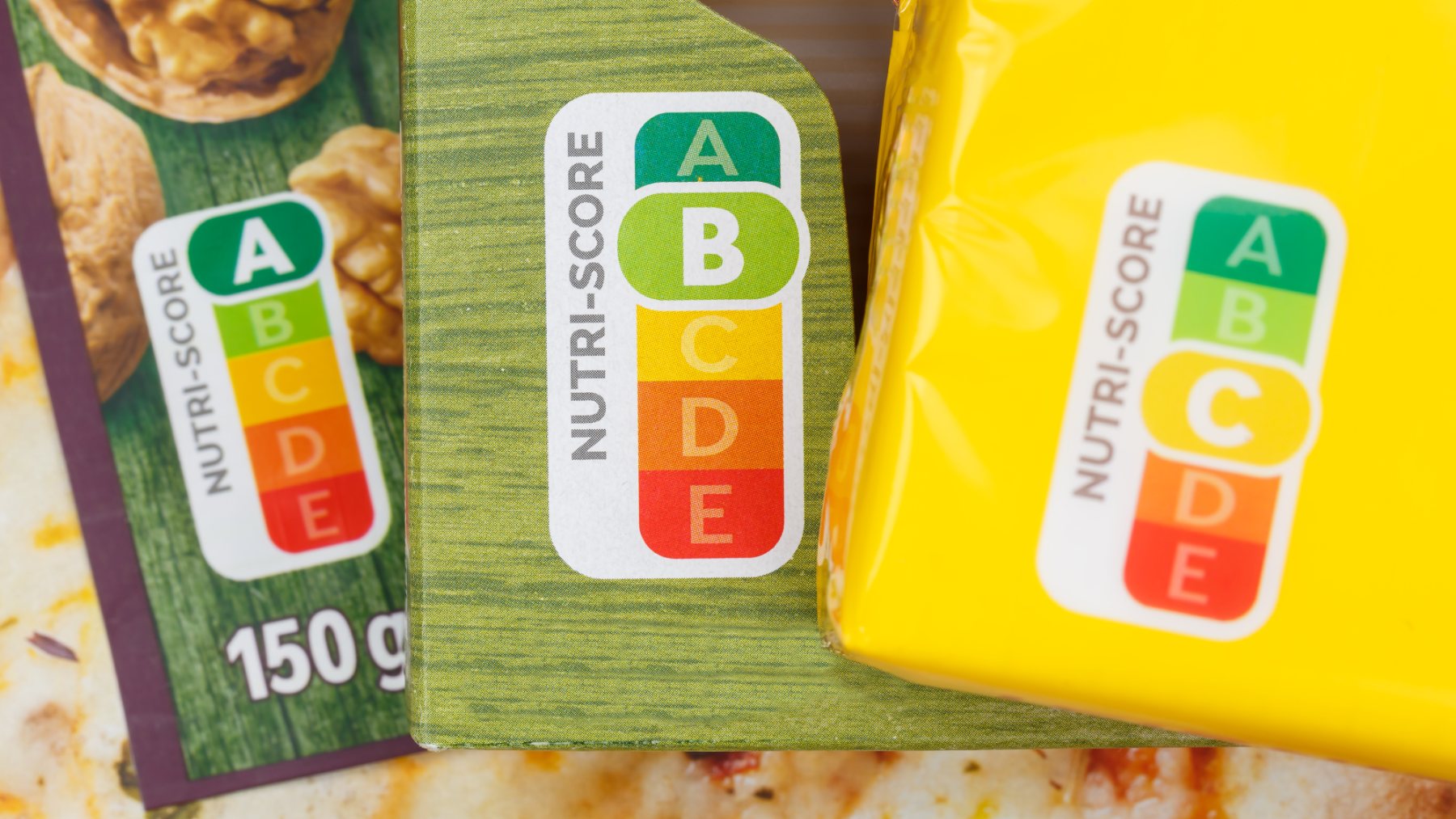Walk through any U.S. supermarket and you’ll spot “light”, “high-fiber”, and “natural ingredients” splashed across protein shakes, low-sugar cereal bars, even ready-to-bake lasagna. They sound virtuous. Yet a new randomized trial shows that when those same products come from the ultra-processed end of the factory line, that health halo fizzles.
Researchers at University College London spent eight weeks feeding volunteers two nutritionally identical menus: one stacked with natural-ingredients-branded ultra-processed foods (UPFs), the other assembled from minimally processed foods (MPFs). The minimally processed group lost twice the weight and body fat with no calorie counting, while the UPF group logged bigger cravings and an extra 290 calories a day. Labels, it turns out, can’t mask the metabolic drag of heavy processing.
Natural ingredients or not, structure matters more than the numbers
Both meal plans met every line of Britain’s Eatwell Guide (right down to saturated-fat caps and fiber minimums) so classic nutrition panels predicted a draw. Reality split. Participants on the minimally processed menu dropped about 2 percent of their body weight and more than double the body-fat percentage compared with the ultra-processed arm.
They also rated themselves noticeably less hungry and far less vulnerable to snack attacks. The scientists point to “food-matrix” effects: MPF dishes—think pan-seared chicken with roasted veg—require longer chewing and arrive loosely packed with water and fiber.
UPFs, even those touting natural ingredients, tend to be softer, denser, and quicker to swallow. Your stomach receives calories faster than your brain registers fullness, so you overshoot.
Texture wasn’t the only culprit. Many UPFs rely on emulsifiers, stabilizers, and intense flavor layering to make shelf-stable meals feel indulgent. Those additives can nudge the gut and reward circuits in ways that nudge you back to the package for another bite. Samuel Dicken, lead author, sums it up: “Matching nutrition numbers doesn’t override the way a product is engineered to be over-eaten.” In other words, natural ingredients lose their virtue when buried under industrial wizardry.
Why the grocery aisle makes it hard to dodge ultra-processed options
The average American now gets more than 55 percent of calories from UPFs. Marketing shoulder-taps us in every aisle: “made with ancient grains,” “clean label”, “plant-powered”. Those phrases cue natural ingredients in our heads—even if the ingredient panel reads like chem-lab shorthand. U.S. labeling law cares about macros and micro-nutrients, not manufacturing steps. That leaves shoppers chasing fiber grams and sugar grams while ignoring the processing that glues those nutrients into a hyper-palatable bite.
The UCL team argues for policy that highlights processing level the way cigarette packs flag tar. Ideas include an ultra-processed warning icon, stricter rules on cartoon mascots for UPFs, and subsidies that narrow the price gap between raw produce and packaged snacks.
Public-health physician Chris van Tulleken puts it bluntly: “We can’t blame willpower in a food environment wired for overconsumption.” Until rules change, personal strategy has to beat shelf strategy.
Not all UPFs are villains. Medical nutrition shakes aid recovery; baby formula saves infants; shelf-stable beans feed hurricane victims. Context matters. But when marketing leans on natural ingredients while the ingredient list runs twenty lines, skepticism is healthy. Texture test it: if the meal dissolves in three chews, chances are your satiety cues won’t keep up.
How to beat the UPFs
Nutrition labels speak in numbers, but your body reads texture, speed, and food structure. A slick packet packed with natural ingredients can still act like diet kryptonite if heavy processing has smoothed, sweetened, and squeezed it into a calorie-dense bite. The science is loud: stick with foods whose shapes you’d recognize in nature, lean on your own freezer for convenience, and let real texture do half the work of appetite control. When in doubt, count the processing steps, not just the protein grams, and your waistline will thank you.
